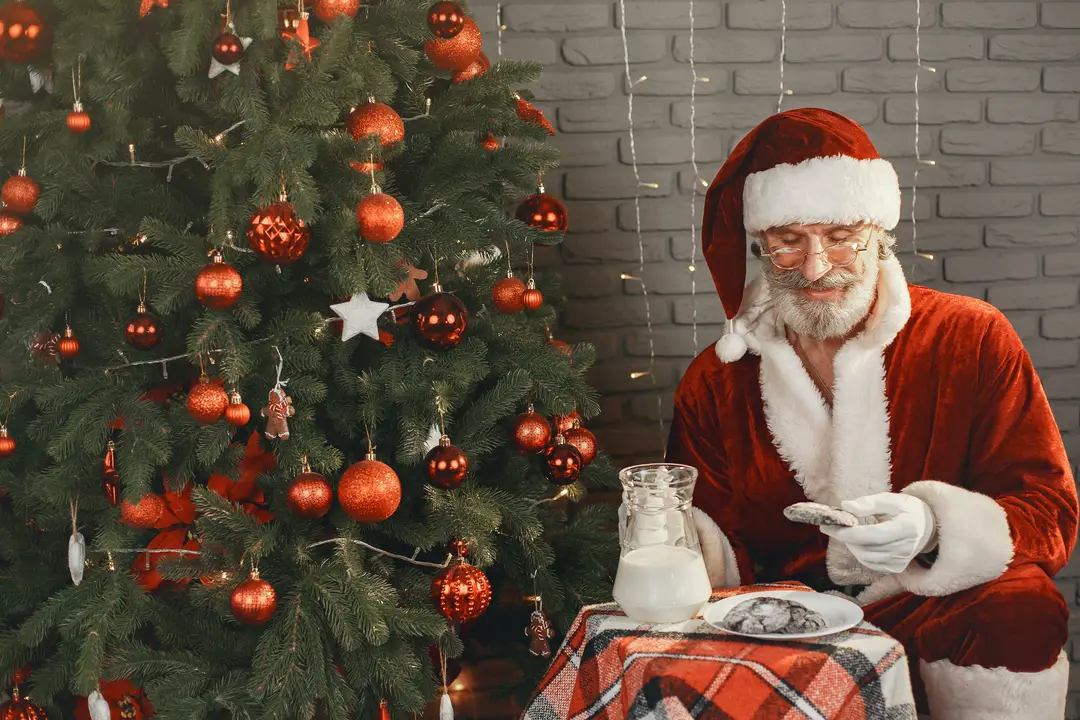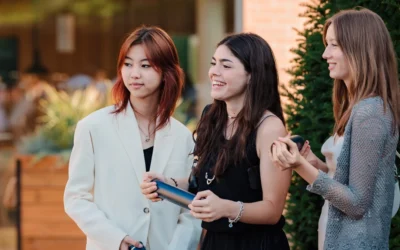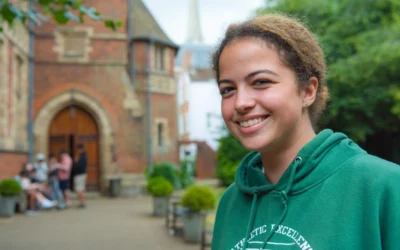Christmas Around the World
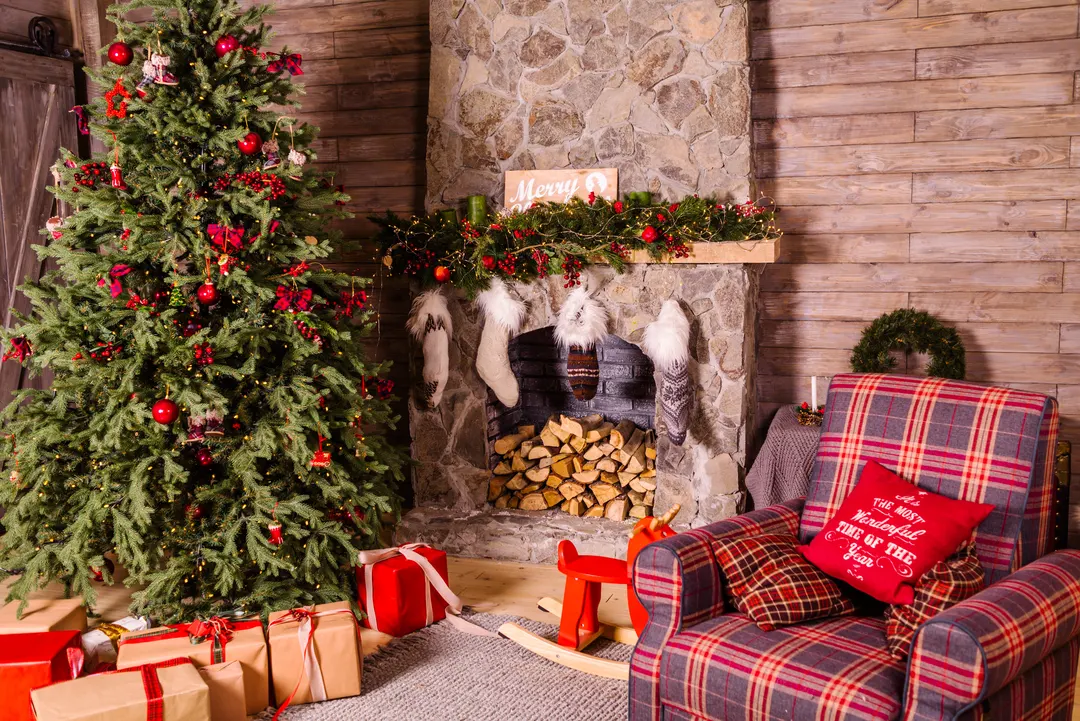
Christmas looks different for each culture that celebrates. Produced from a fusion of religious and indigenous traditions, there are a huge variety of festive celebrations around the world, each reflecting unique history, peoples and climates of the world.
Examining Christmas traditions worldwide not only gives us insight into different cultures, but it can also inspire us to celebrate a little differently!
Christmas in Europe
Europe is, in many ways, the home of the modern-day Christmas. Many of today’s quintessentially Christmas traditions are traceable back to Europe and the routes that colonists have taken over the centuries.
This is perhaps most obvious in the modern symbols of Christmas, like the Christmas tree and Father Christmas!
Christmas trees and baubles
We can trace the beginnings of Christmas trees back to pre-Christian roots.
Christmas, a Christian festival celebrating the birth of Christ, occurs at a similar time to the Roman celebration of Saturnalia, the winter solstice (the shortest and darkest day of the year), and Viking festivals celebrating Balder, the god of light.
During these festivals, evergreen boughs of pine trees reminded people that spring – and longer days! – would soon return, and so were used to decorate houses as a symbol of hope.
Labelling pine boughs as “Christmas trees” was first seen in Strasbourg, on the border of France and Germany in 1605, and spread quickly across Europe. Eventually, the custom reached England in the 1840s when Prince Albert, a German prince, married Queen Victoria of Great Britain.
Christmas tree decorations were originally made from fruits and sweets, until a drought in France in 1858 caused a glassblower from Moselle to decorate a tree with glass balls, mimicking the traditional apple decorations. These quickly gained in popularity, and brightly coloured glass baubles on trees are now commonplace – barely resembling their fruity ancestors!
Father Christmas
The figure of Father Christmas also appears to derive from early European winter festivities. In fourth-century Myra, in modern day Turkey, there was a Greek bishop known as St. Nicholas who performed many generous good deeds.
It’s thought in later years that he entered locked houses by travelling down chimneys to leave presents for children in shoes and stockings. Perhaps this is why the English leave out stockings hung on doors and mantelpieces, and the French, Germans, Spanish and Dutch leave out shoes.
Christmas dinner
Christmas in Europe is marked by large feasts where whole families gather. In the UK, goose, turkey and ham are the traditional centrepieces of a Christmas feast, but for much of central Europe, fish takes centre stage – the “Feast of the Seven Fishes” in Italy is an excellent example! Across Slovakia and neighbouring countries, where the scales of the carp are thought to bring good luck, fish are often caught and kept for several days before Christmas.
Food also brings good luck in European Christmases! Whoever finds the silver coin or small decorations hidden inside English Christmas puddings, pickle decorations on German Christmas trees, and almonds in Finnish Christmas puddings, are ensured good luck throughout the coming year!
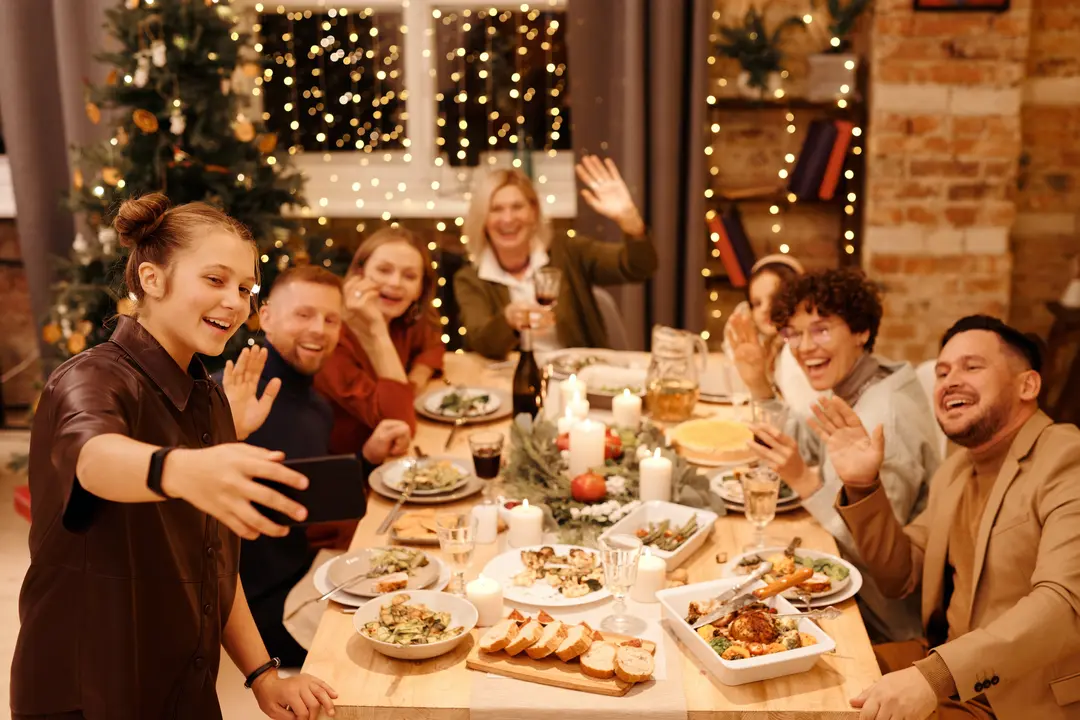
European traditions
Whilst the picturesque images of a “White Christmas” may originate in Europe, it’s still home to some quirky and ancient traditions.
Take the Krampuslauf in Austria and Southern Germany, where terrifying eight-foot tall half-men half-goats run through the towns to seek out and kidnap naughty children!
Similarly terrifying, houses in Wales are visited by Mari Lwyd – a horse skull telling riddles – and in Norway, families hide their brooms to avoid being kidnapped by witches!
In Iceland, instead of Father Christmas, 13 Yule lads and a Yule cat, Jólakötturinn, eat Icelanders who haven’t received new clothes for Christmas Eve – scary stuff!
More traditions include the Yule goat in Sweden, a gigantic straw monument tied with red thread, and the Catalan tradition in north-eastern Spain of Tío de Nadal, a smiling wooden log who defecates gifts on Christmas Eve – provided he’s been fed sufficient sweets over the Christmas period.
Christmas in Asia
Across Asia there are fewer countries with Christian majorities, meaning that Christmas in Asia is more often a cultural holiday, overshadowed by Lunar New Year celebrations that occur in January and February. However, Christmas is growing in popularity, and lots of regions have their own spin on the celebrations.
Christmas as a cultural holiday
Japan and China celebrate Christmas as a cultural holiday. In Japan, Christmas Eve is often celebrated with KFC, due to a hugely successful marketing campaign in 1974, “Kurisumasu ni wa Kentakkii!” (“Kentucky for Christmas!”). Queues around the block at KFC diners aren’t uncommon for Christmas Eve, and it’s the most profitable day for KFC in Japan!
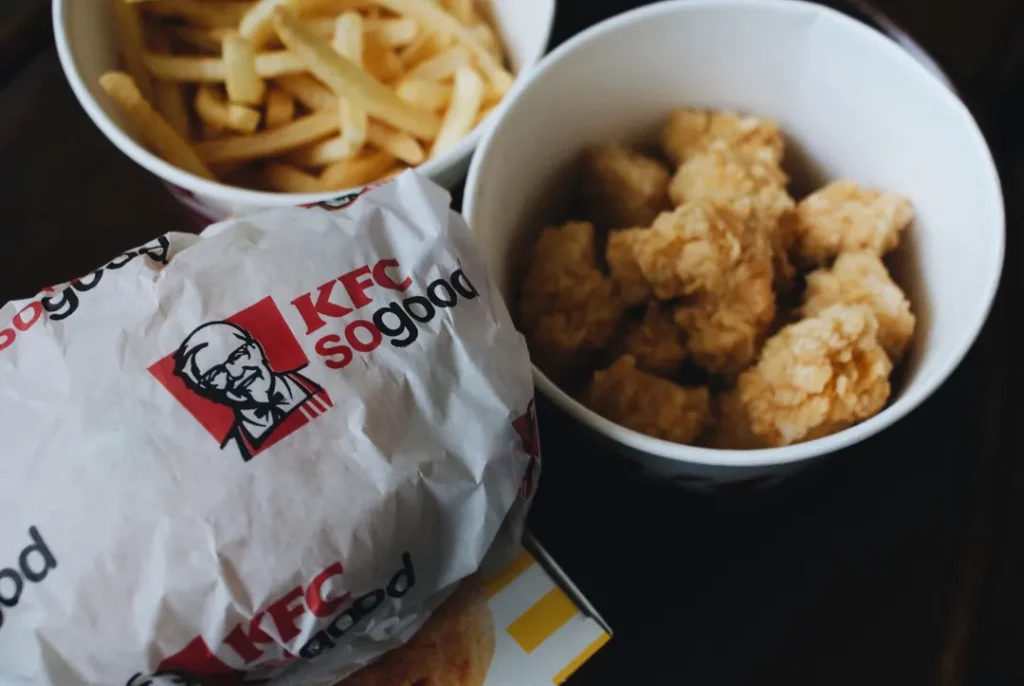
Christmas Day is often seen as a day for couples in Korea and Japan, where romantic activities take place rather than family time.
In China, similarities between the sounds of words are seen as significant. Christmas Eve is translated in Mandarin to 平安夜 (Ping’anye, evening of peace) inspired by the German carol “Silent Night”. This sounds similar to the word 苹果 (pingguo, apples), which is thought to be the reason Chinese residents, especially younger generations, exchange apples on Christmas Eve in elaborate paper wrappings or boxes – sometimes with celebratory messages engraved into the skins of the apples!
Christmas as a religious holiday
In Asian countries where Christmas is celebrated as a religious holiday, Christmas looks very different from European celebrations, with native plants used to celebrate Christmas. Instead of pine trees, mango and banana trees are decorated in Goa, penjor (yellow coconut leaves) are used in Indonesia, and lucky bamboo branches are gifted by 할아버지 (Haraboji, Santa Grandfather) in Korea.
Decorations focus on light, with huge Christmas light displays in Busan’s Christmas Tree Festival in Korea.
In the Philippines, giant lantern festivals of spinning parols (paper star lanterns), that symbolise the star of Bethlehem, are displayed in parades and carol services (Cumbancheros), with the San Fernando Christmas lights often referred to as the “Christmas Capital of the Philippines”.
Christmas in Africa
Christmas in Africa is a beautiful fusion of European religious traditions and older African traditions.
Musical celebrations
This can be seen in musical celebrations, where carols from around the world are accompanied by traditional African instruments. In Malawi, children go door to door singing Christmas carols, and in the Congo, churches have musical celebrations that can last all day!
This fusion is also seen in Christmas parades, such as in the Gambia, where Christmas Eve is marked by a parade dancing through the streets, holding large bamboo lanterns in the shape of houses or boats.
Masquerade parties are also popular in the Gambia and Sierra Leone. In central Liberia, a central figure in dance parades is Old Man Bayka, or “old man beggar”, who asks for clothes and toys for himself to then share with local communities.
Old Man Bayka is one of the “dancing devils” from the bush of Liberia, Sierra Leone and the Ivory Coast, pre-dating western colonisation. He’s been merged with Christmas traditions due to the similarities in values – giving gifts, helping the community, and celebrating togetherness.
Local delicacies
No celebration would be complete without a feast! Christmas is no different, with celebrations reflecting favourite local delicacies.
In East African countries, including Kenya and Tanzania, that means nyama choma, grilled and roasted beef and goat, and in West Africa, such as in Nigeria and Ghana, jollof rice, tomato stews and fufu. In South Africa, Christmas is celebrated with a braais (a famous outdoor barbecue) of marinated meats and boerewors sausages.
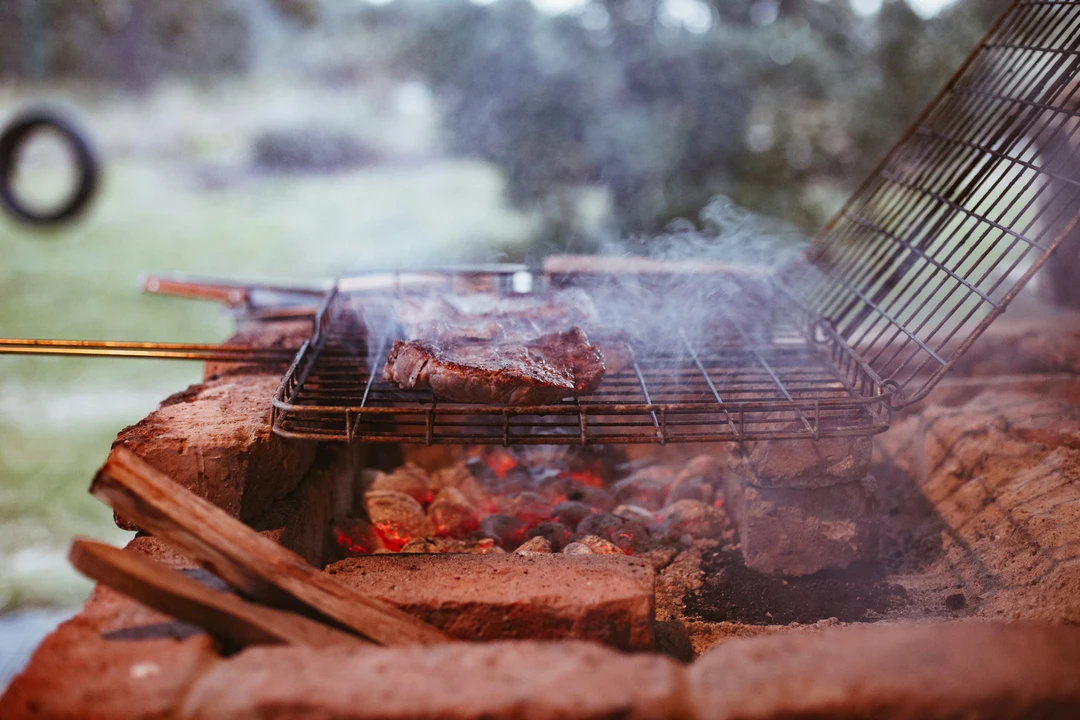
We’ve also heard that some South Africans celebrate Christmas by eating deep fried caterpillars. With the recent push for insects as a sustainable food source, maybe this is a Christmas tradition that more countries will adopt in the coming years!
Christmas in North America
Christmas in America and Canada is similar to Christmas in the UK. Christmas trees are decorated with tinsel, lights and baubles, stockings await Santa Claus to venture down the chimney to fill them, and families gather to eat roast turkeys or hams and exchange gifts.
Santa Claus
However, North America plays a vital role in the current symbols of Christmas. Santa Claus, or Sinterklaas, arrived in the US with Dutch settlers in the 1800s. He was quickly adopted, appearing in the poem “T’was the Night Before Christmas” in 1822.
The US is where we get the popular images of Santa Claus – a friendly old man with a long white beard and rosy cheeks. He gradually evolved, from pagan images of a scary old man or elf into his current form, through images produced by the political cartoonist, Thomas Nast, in the 1840s to the 1860s.
Likewise, German settlers in Canada brought the ideas of Christmas trees, gingerbread houses and advent calendars with them in the 1700s, helping cement these classic Christmas traditions.
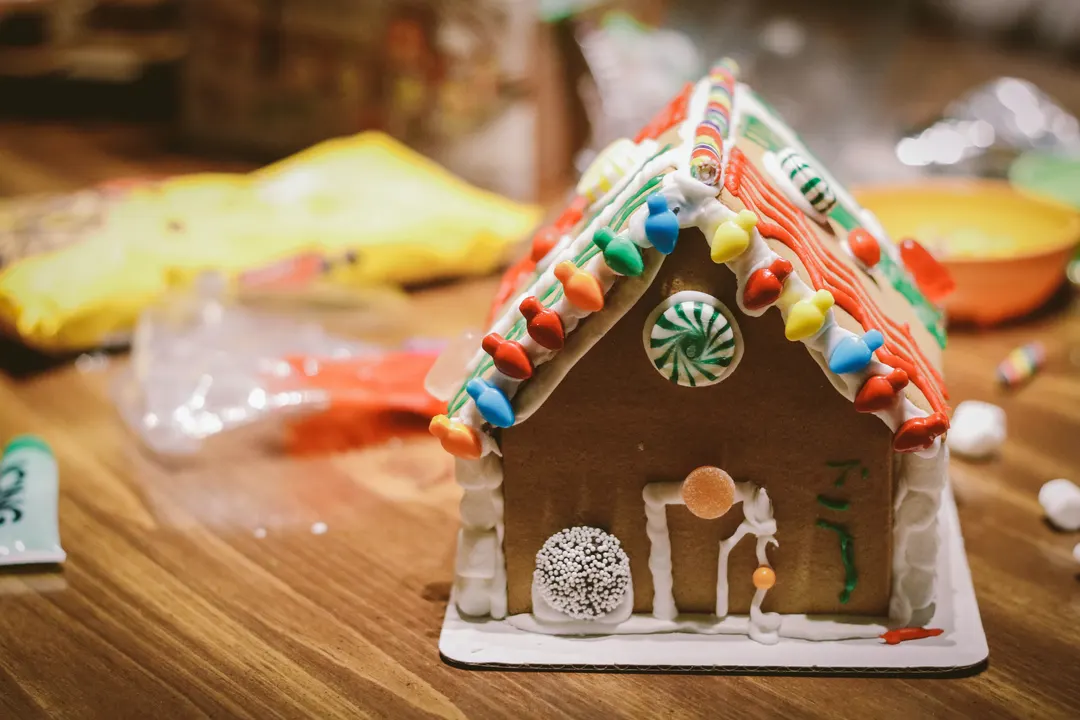
Nativities and processions
Christmas in Mexico is inspired by its Spanish roots, celebrating Christmas from 12th December to 6th January. This celebration is characterised by Christmas plays and processions, such as the pastorela, which tell the story of the shepherds looking for the baby Jesus, and the posada, which tell the story of Mary and Joseph looking for a place to stay on Christmas Eve.
The main decorations for Christmas in Mexico are nativity scenes, often large and made of clay, called nacimiento. In Oaxaca, these are made of radishes, and celebrated on the “Night of the Radishes”, where people compete to produce the best carved nativities.
Christmas in South America
Christmas in South America is characterised by religious festivals, time with family, and stunning parades and celebrations lasting long into the warm evenings.
Street parades
In countries bordering the Andes mountains, such as Chile and Ecuador, the Pase del Niño Viajero (Passage of the Travelling Child) parade is a key part of Christmas celebrations. Statues of Jesus as a child are carried through the streets with music and dancing, often lasting up to eight hours. In Cuenca, the parade has been known to consist of over 50,000 people!
In Costa Rica, the best parades happen after Christmas, with El Tope on 26th December, a parade of horse riders, and El Carnaval (carnival) on 27th December, where troupes of clowns, people in masquerade masks and bands process through the capital city.
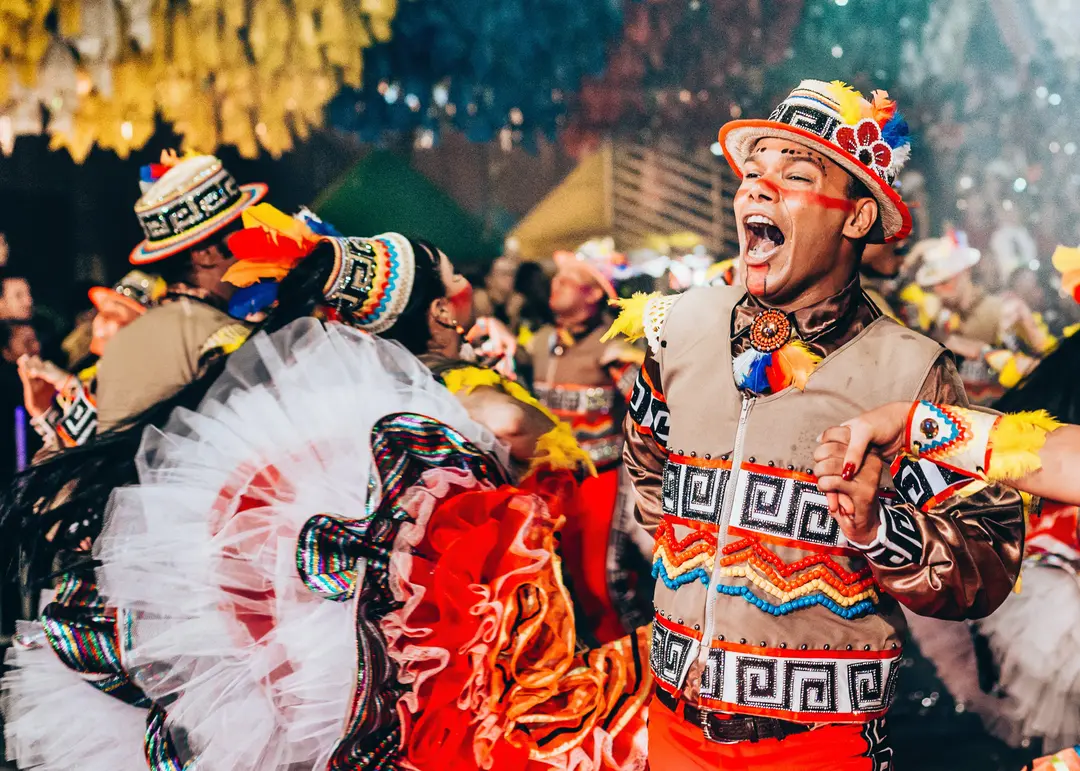
Bigger, brighter and better
Decorations for Christmas are bigger, brighter and better in South America!
In Brazil, you can find a floating 280-foot tall Christmas tree in Rio de Janeiro’s Rodrigo de Freitas Lagoon, and in Colombia, the city of Medellin has been transformed every Christmas since 1955 with El Alumbrado, a vast set of Christmas light displays across the city. In Costa Rica El Festival de la Luz (the Festival of the Lights) starts Christmas festivities, with two-kilometre long parades of cars carrying Christmas light displays.
Christmas in Oceania
What about Christmas down under? Celebrations in Australasia feature carols, feasts and Christmas trees – but all with an Oceanic twist.
A sunny Christmas
In Oceania, like South America, Christmas occurs at the hottest part of the year. This means celebrations happen on the beach or by the pool, with turkeys cooked, more often than not, on the barbecue.
Māori families in New Zealand might cook a hangi, where meat and vegetables are wrapped in flax leaves and cooked underground, or in Samoa, a to’ona’i, where food is cooked on an umu, (an open fire built on lava rocks).
Colourful trees and carols
Across Oceania, Christmas decorations look very similar to the UK and America, with stars, tinsel and baubles – but the trees look a little different! In New Zealand, decorations are hung on the Pohutukawa tree, although it hardly needs them with its bright red flowers. In Samoa, Christmas trees are sometimes constructed from coconut palm fronds, tied at the stems, and in some parts of Australia, the “Christmas Bush”, a shrub with red-pink flowers, is used instead.
Carols are a key part of Australian Christmases, with lots of “Carols by Candlelight” services – although the words are sometimes changed! In the “12 days of (Aussie) Christmas”, the birds are changed to native Australian birds, and “Jingle Bells” is adapted to include Australian tropes.
In New Zealand, there are Christmas carols written to reflect the Māori heritage, such as Te Harimui (Christmas in New Zealand), and in Samoa, the “13 days of Christmas” are a televised 13-day long carol concert!
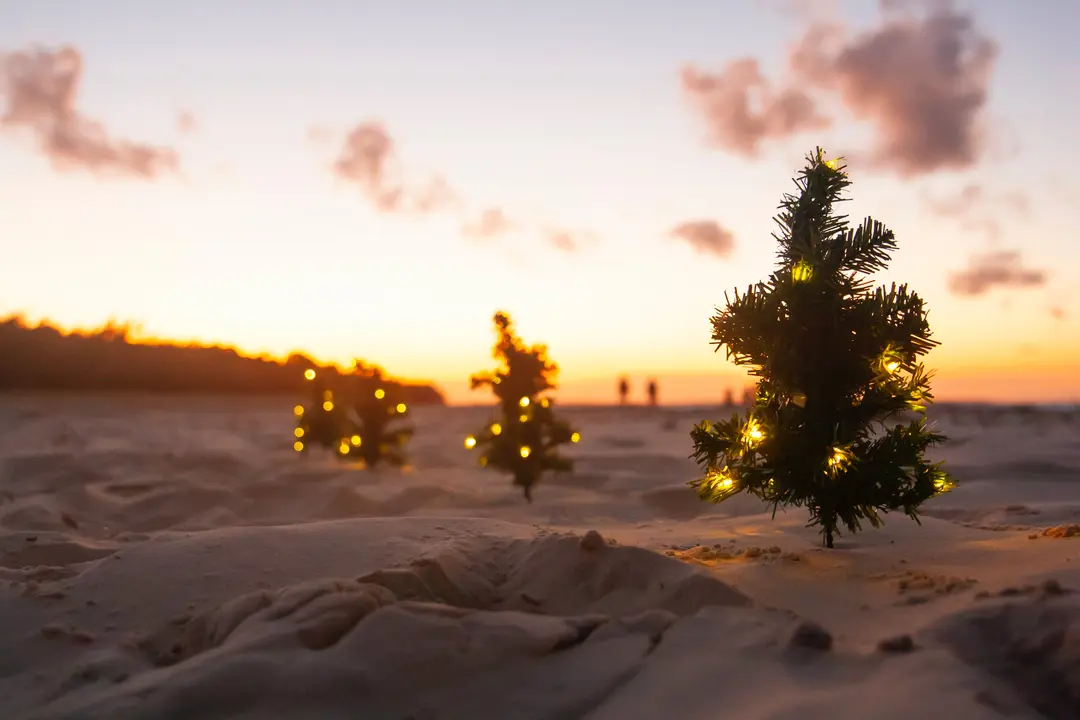
Across the world, Christmas celebrations are more similar than they are different: centred around families and communities, and the importance of giving and sharing.
We can trace how cultures have moved around the world, and see how cultures have combined with syncretism between the old and the new, producing unique celebrations in each nation.
This year, honour your friends and loved ones by incorporating some of these traditions into your own celebrations!

By Alix Hibble
Alix has a PhD in Experimental Psychology from the University of Oxford, where she currently works as a lecturer in Study Skills. She loves exploring Oxford while listening to science and comedy podcasts, experimenting in the kitchen, and hosting murder mystery parties for friends.
Recommended articles
OxBright Tutors Share Their Top Tips for High School Graduates
Finishing high school can be a really intimidating juncture – you’re leaving the security of a routine you’ve followed for five plus years, and you’re faced with more options and less structure than ever before. Oh, and your decisions now can shape your future in a...
Which Career Is the Best Fit for Me?
Choosing your career path is one of the first big steps you’ll take as a young adult, so it can often be a daunting prospect. However, the possibilities are endless, and as long as you base your choices on your personal preferences, passions and interests, your...
How to Make a Study Schedule That Actually Works
Studying can sometimes feel like a daunting task, no matter how old you are or what level you’re studying at. You might be left thinking: How can I balance academics with my other commitments? How do I stay consistent with a study schedule? Is there a “good” or...

